- Home
- slideshows
- miscellaneous
- 9 things that aren't helping the environment as much as you think they are, from recycling to carbon offsets
9 things that aren't helping the environment as much as you think they are, from recycling to carbon offsets
Both paper and plastic bags cause problems: Plastic bags can take 1,000 years to degrade, but paper production emits more carbon.

Straws make up less than 1% of the plastic we dump in the ocean. Banning them is a tiny step in a larger effort to curb plastic use, rather than a solution by itself.
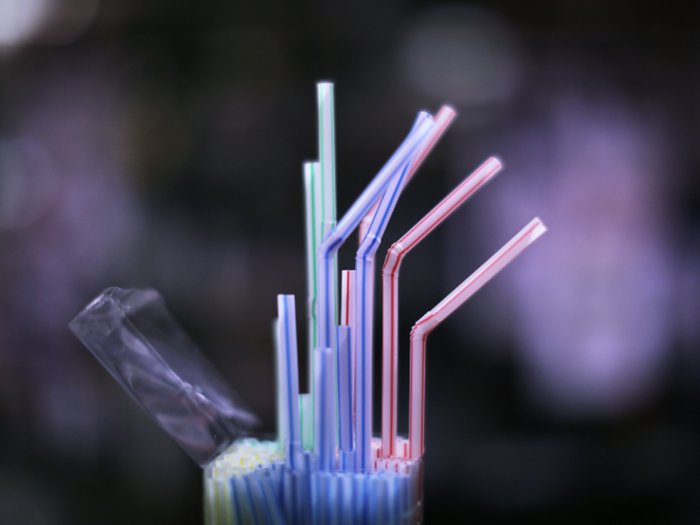
Some scientists estimate that up to 8.3 billion plastic straws pollute beaches around the world. Many cities and businesses across the US have banned single-use plastic straws as a result. Environmentalists hope that will open the door to more consciousness about plastics in general.
"We look at straws as one of the gateway issues to help people start thinking about the global plastic pollution problem," Plastic Pollution Coalition CEO Dianna Cohen previously told Business Insider. "They've been designed to be used for a very short amount of time, and then be tossed away."
Speaking of plastic, you're probably recycling it wrong, and experts say that's worse than not recycling at all.
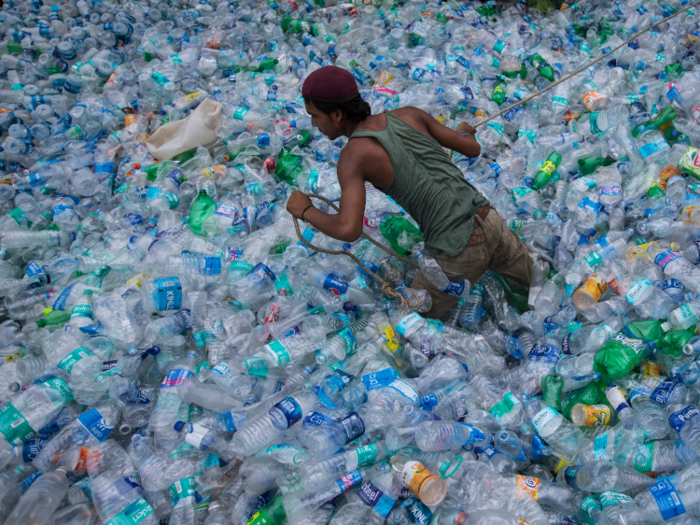
For example, when you recycle a plastic water bottle, you're supposed to remove the cap, then remove the little plastic ring on top of the bottle.
Disposable coffee cups often aren't recyclable at all — because of a thin plastic coating that prevents leaks, they can't be recycled as paper or as plastic.
The National Waste and Recycling Association advises people to throw waste in the trash if they have any doubts about its recyclability.
Also, you really do have to wash things before you recycle them. Food, drinks, shampoo, or anything else left in a container can contaminate other recyclables and attract pests to recycling facilities.
The simpler solution, when possible, is to avoid buying plastic water bottles and other disposable plastic items.
What's more, recycling in general has halted in many parts of the US, since China and some other Asian countries stopped accepting waste shipments.
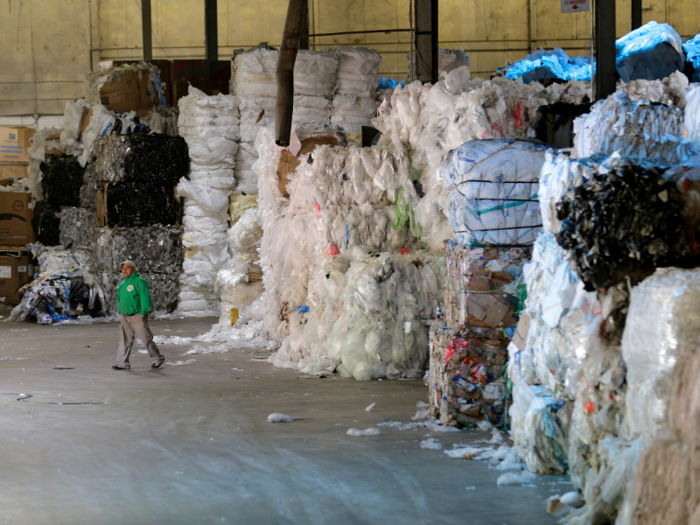
Countries like the US, UK, Germany, Canada, and Australia had been sending a lot of plastic recycling waste to China and Southeast Asia for decades. But in 2018, China banned the import of most plastic recycling waste. Malaysia, the Philippines, and Indonesia followed suit.
As a result, many US cities have resorted to burning residents' recycling or piling it in landfills.
But even before these bans, the global recycling system wasn't always eco-friendly. In the receiving countries, recycling operators had been known to illegally burn or bury the recycling items. These practices have contaminated water, killed crops, and caused respiratory illnesses for nearby residents, according to a 2019 report by the Global Alliance for Incinerator Alternatives (GAIA).
Carbon offsets allow big polluters or individuals to fund reforestation projects and other initiatives that reduce the atmosphere's carbon dioxide levels. But they don't always work, and some companies use them as a substitute for reducing emissions.
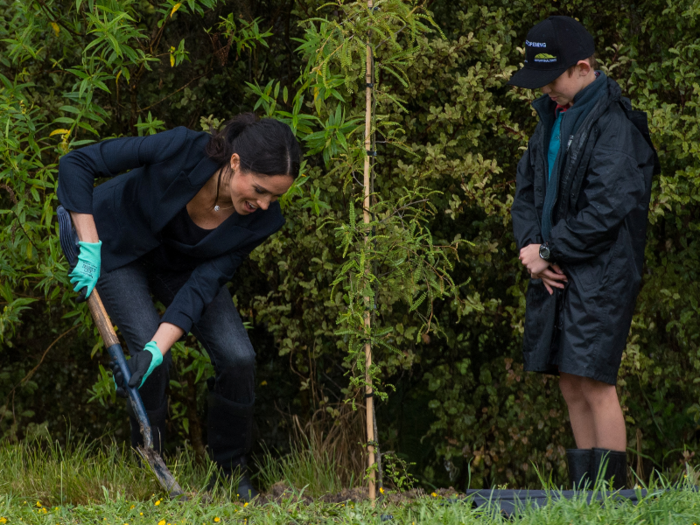
There's ongoing debate as to whether or not carbon offsets actually reduce emissions. It's hard to enforce the validity or effectiveness of a carbon offset scheme, since it can be hard to verify whether a forest actually gets planted, and how long it lasts — you don't want someone cutting down the trees or draining the wetland a few months after you buy an offset.
Some are scams — one promoter even presented the Vatican with offset certificates for millions of trees that were never planted.
Even with a precise and transparent offset program, critics say that companies and countries can simply use them as an excuse to keep polluting.
Corn- and soybean-based ethanol have been touted as more sustainable alternatives to petroleum fuel, but producing them still releases greenhouse gases. Plus, farmers often clear forest land to produce materials for these biofuels.
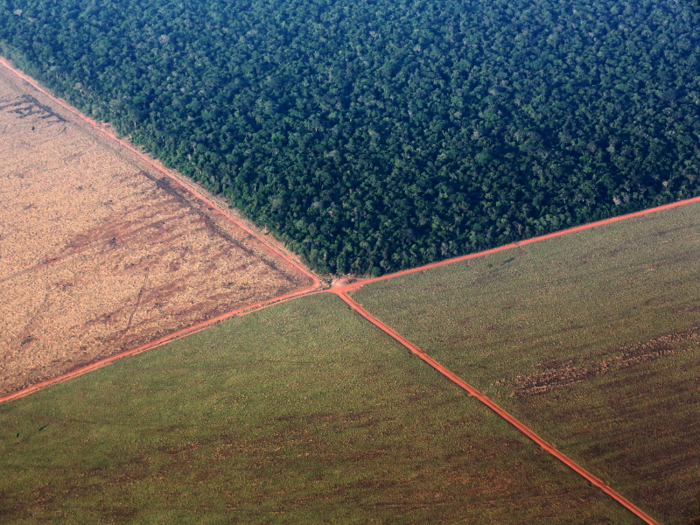
Some biofuel crops can even generate more greenhouse-gas emissions than fossil fuels do, according to the UN Food and Agriculture Organization.
Nitrogen fertilizers frequently used in soybean and corn production, for example, release nitrous oxide, a greenhouse gas with 300 times the heat-trapping capacity of carbon dioxide.
Deforestation, meanwhile, produces emissions of its own. In tropical countries alone, deforestation releases more carbon dioxide each year than 85 million cars would release over their entire lifetime, according to the World Resources Institute. If tropical deforestation were a country, it would rank third in global emissions.
Items billed as "sustainable" or "natural" can make people think they're buying environmentally sound products or investing in eco-friendly companies. But those labels can be meaningless.
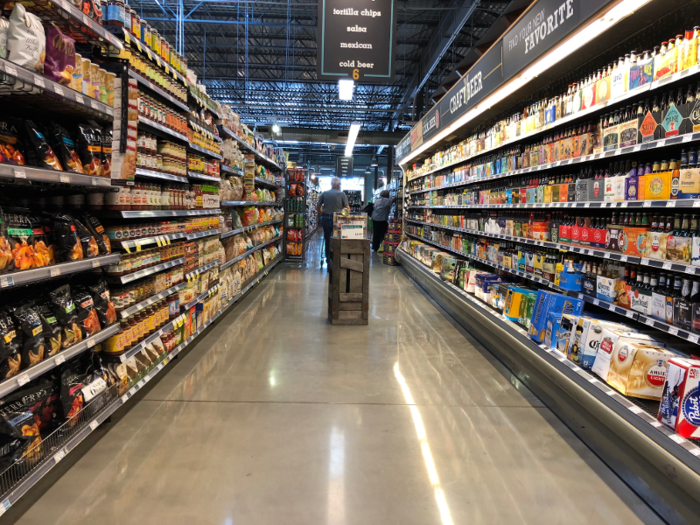
The US Food and Drug Administration considers "natural" to mean "nothing artificial or synthetic (including all color additives regardless of source) has been included in, or has been added to, a food that would not normally be expected to be in that food."
That doesn't mean much for the planet.
Plus, many cleaning products and foods that use these terms get poor scores from the Environmental Working Group, a nonprofit that researches the environmental and health impacts of ingredients in consumer products.
Many companies, in industries from fashion to finance, also use the term "sustainable" without providing evidence.
Airlines that advertise recyclable materials, carbon offsets, and biofuel use aren't making much of a dent in the environmental impacts of their planes, which amount to 2% of human greenhouse-gas emissions.

Several airlines have undertaken green initiatives this year, given that some climate activists like Greta Thunberg have started to avoid flying.
Peter Kalmus, an earth scientist, even founded a website for stories about why people have opted out of flying. He told The Washington Post that airlines' environmental initiatives and marketing campaigns are "worse than nothing, because it perpetuates a myth that we can keep flying like this."
Meat production is responsible for 14.5% of human greenhouse-gas emissions, but eating fish instead may not always be better.
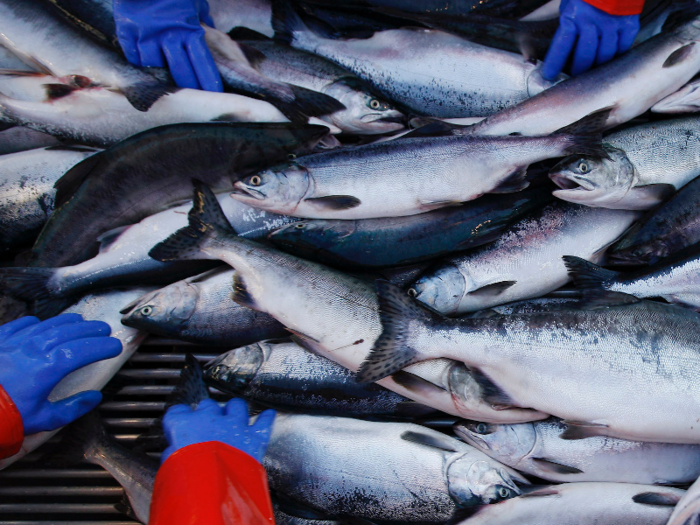
A 2018 analysis of animal protein production found that catfish farms were just as environmentally taxing as beef production, which is notorious for its land, energy, and water use. Both farmed catfish and beef produced about 20 times more greenhouse gases per gram of protein than farmed mollusks, salmon, or chicken.
Lobster fishing, as well as shrimp and tilapia farming, also turned out to have high carbon emissions. Lobster boats require lots of fuel, and shrimp and tilapia farms require large amounts of energy to circulate water.
Ultimately, the sustainability of seafood comes down to the species of fish, where it comes from, whether it's wild or farmed, how it's fished, and how far it gets shipped. The Monterey Bay Aquarium maintains a database of recommendations that takes these factors into account.
In most parts of the US, electric cars are not emissions-free. Often, they simply constitute a fuel switch from petroleum to coal.
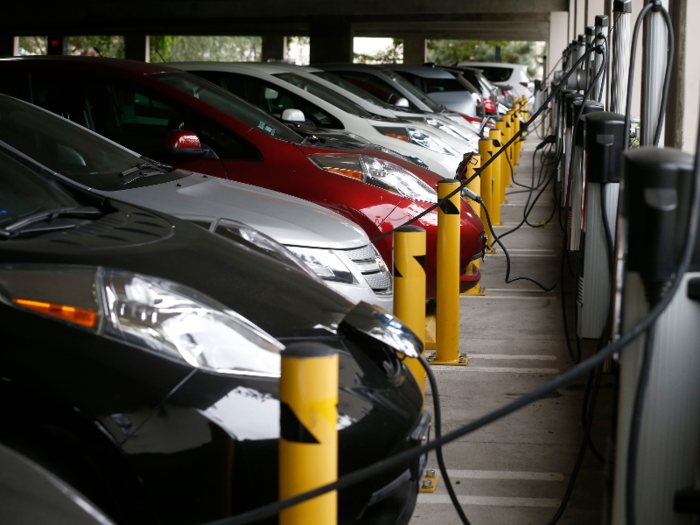
Most of the US' electricity is created by burning fossil fuels. So in regions that rely heavily on coal or gas to generate power, switching to an electric car might not cut your emissions at all.
An online tool from the Union of Concerned Scientists offers an emissions estimate based on your zip code and the make, model, and year of your car.
Popular Right Now
Popular Keywords
Advertisement